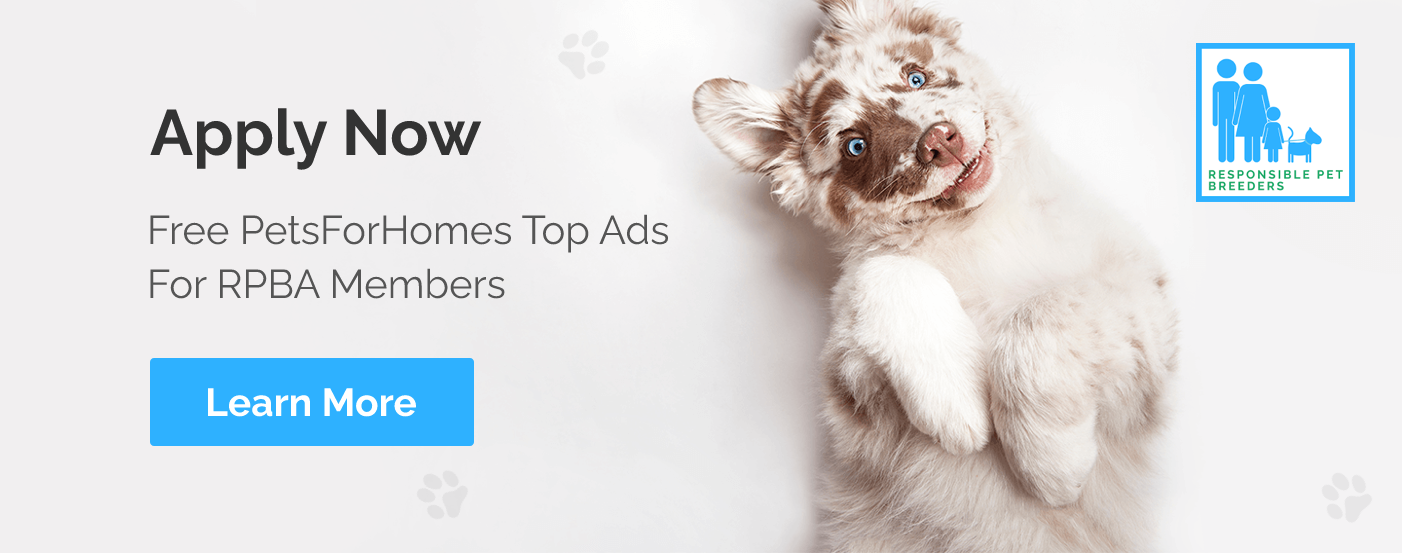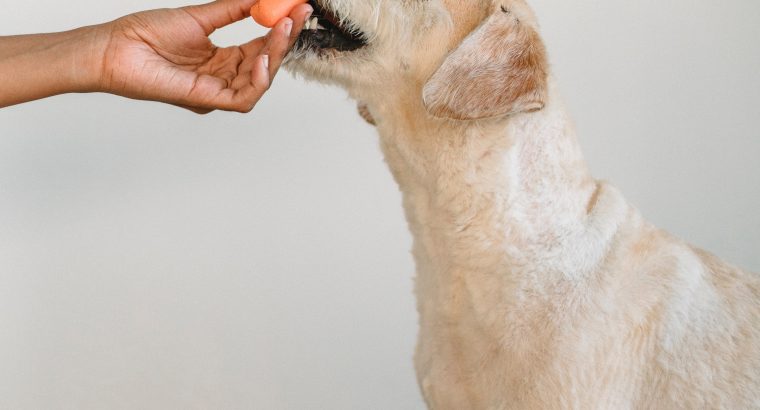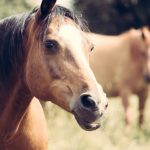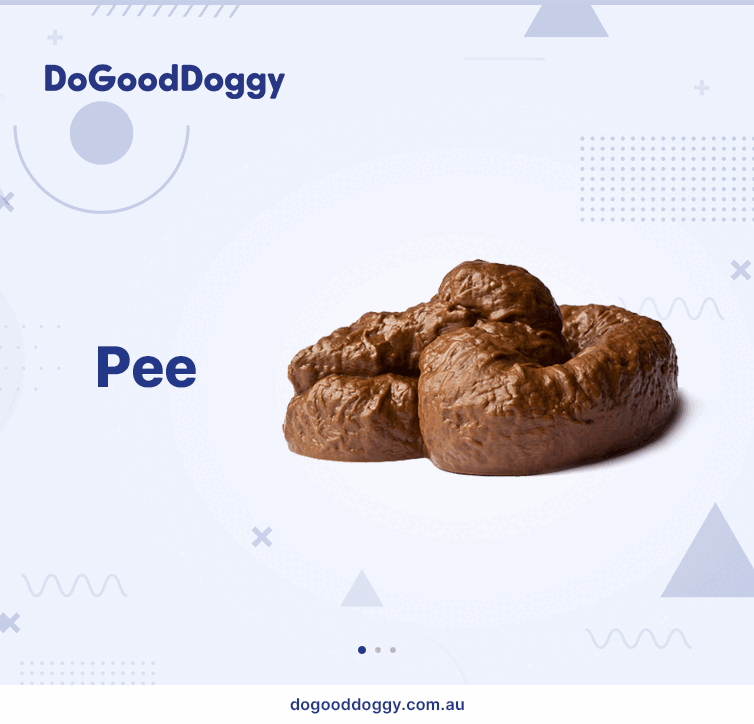7 Tips On How To Start Raw Diet For Dogs
There are plenty of reasons why an increasing number of dog owners are opting for a fully raw diet for dogs.
Not only do they report their dogs having shinier coats and more energy, their dogs even have reduced odour and stool volume.
Although most dogs don’t need much time to adjust to a raw diet, switching to fully raw food can be a demanding task. Every responsible dog owner who’s switching their dog’s diet to raw food will follow the next tips to a T:
- Start Out Gradually
For most dogs, switching to a fully raw diet doesn’t take any time to adjust. Despite that, it’s recommended to introduce your dog to a raw diet gradually.
This is because some dogs may come up with upset stomachs or even allergies that you didn’t even know they had.
You can start by adding a small amount of raw food to commercially-available food and then increase the amount of raw food over time.
- Introduce Mixed Proteins
There are many sources of protein when it comes to raw dog food, but that doesn’t mean you should introduce them all at once.
Generally, it’s recommended to start with only one source of protein, such as chicken. Once your dog adjusts to the base meat of your choice, you should introduce a new source of protein to their diet.
A raw diet for dogs is best done with mixed sources of protein, such as organ meat, whole prey, or raw fat.
- Raw Feeding Ratio
Speaking of a mixed raw diet, the best way to combine different sources of fat, proteins, and vegetables is to follow a raw feeding ratio.
This ratio can differ on different websites, but the general rule stays approximately the same.
Your dog’s raw diet should include the following:
- 60-80% muscle meat
- 5-10% organ meat
- 5-10% edible bones
- 5% seeds/fruits/vegetables
With that, muscle meat includes chicken breast, beef, lean pork, rabbit meat, duck, lamb, turkey, and fish. Organ meat includes the liver, kidney, brain, pancreas, and other types of organ meat.
Vegetables are also a superfood for dogs, as they provide a nice source of fibre, minerals, vitamins, and antioxidants.
- Avoid Cooked Bones
You may think that you are helping your dog chew on a bone more easily by cooking the bone previously. However, this is a dangerous mistake that many dog owners make!
As you switch your dog’s diet to a raw one, don’t be afraid to give the dog raw bones too. In fact, cooking the bones makes them harder, which can hurt your dog’s intestines or even lead to choking.
Some types of bones are not safe for dogs, even when uncooked. Pork bones and chicken bones should never be given to your dog in any form, due to the risk of splintering. Rib bones tend to behave the same way, so avoid those as well.
- Age & Weight Adjustments
The diet switch won’t be complete if the age and weight of your dog are not properly taken into consideration. After all, you’re doing this to make the dog’s life better, so it’s recommended to have a holistic approach.
A general rule is that adult dogs (aged 1+ years) should eat 2-3% of their body weight. For example, a dog that weighs 20 kg should eat 400-600 grams of food.
That’s a bit different for puppies, as they eat 6-8% of their body weight.
- Check Your Dog’s Stool
As you switch your dog’s diet to a raw one, it’s very important to monitor the dog’s poop during this time. This will give you insight into how your dog adjusts to the new diet.
Diarrhoea or constipation signifies that you should switch the raw meat you use. Crumbly & white poo signifies too much bone in the diet. What you want to see is firm poop that is easy to pick up.
- Itchy Skin Is Okay
Many dogs develop temporarily itchy skin while switching to a fully raw diet.
This isn’t always a sign of allergies but a sign of detoxing from previous additives & toxins in food. The dog’s body will cleanse naturally through the skin, and this will stop eventually.
The Bottom Line
Many owners are reluctant to feed their dogs raw food because of worms found in raw meat. However, buying from a trusted meat source will help minimise the chances of any parasites making their way into your dog’s food.
By following these tips, you can quickly adjust your dog’s nutrition and help them reap the many benefits of a raw food diet.






